A Journey Through 1960s Fashion Menswear
Revolutionize Your Wardrobe: The Enduring Impact of 1960s Fashion Menswear was a decade that forever changed the landscape of fashion, particularly menswear. Emerging from the conservative styles of the 1950s, this vibrant era introduced a plethora of bold choices that reflected the social upheaval, cultural movements, and artistic expressions of the time. The Enduring Impact of 1960s Fashion Menswear article, we will explore the key influences, iconic styles, and lasting legacies of 1960s fashion menswear, showcasing how this dynamic period continues to inspire contemporary trends.
The Cultural Canvas of the 1960s
To understand the evolution of 1960s fashion menswear, it’s essential to consider the broader cultural context. This decade was marked by significant political and social shifts, including the Civil Rights Movement, the Vietnam War protests, and the counterculture movement. These changes influenced not just the way people dressed, but also how they perceived clothing as a form of self-expression.
The Beat Generation
The early part of the decade was heavily influenced by the Beat Generation, whose members favored a more relaxed and artistic approach to fashion. Writers like Jack Kerouac and Allen Ginsberg championed individuality and anti-establishment sentiments, leading to a style characterized by loose-fitting clothing, turtlenecks, and unconventional accessories. This laid the groundwork for a more expressive form of menswear that would gain momentum as the decade progressed.
The Beatniks, often associated with a sense of intellectual rebellion, embraced simple yet bold looks. Black turtlenecks paired with baggy trousers and berets became emblematic of this movement. This minimalist aesthetic was not just about clothing; it symbolized a rejection of materialism and a longing for deeper meaning in life.
The Rise of Youth Culture
As the decade advanced, a distinct youth culture emerged, spurred by the post-war baby boom. Young people began to reject traditional norms, seeking authenticity in their lifestyles and clothing. This rebellion against conformity was evident in the popularity of the mod movement, which celebrated sharp tailoring, vibrant colors, and innovative designs.
The youth culture was characterized by an eagerness to experiment. Rock ‘n’ roll music, emerging artists, and new media created an environment ripe for self-expression. Fashion became a crucial part of this identity, with young men eager to differentiate themselves from the older generation. The distinction between adult and youth styles became more pronounced, giving rise to unique fashion subcultures.
Key Styles of 1960s Fashion Menswear
The 1960s introduced several iconic styles that redefined menswear. Here are some of the most influential trends that shaped this decade:
1. The Mod Look
The mod movement epitomized the spirit of the 1960s. Characterized by its emphasis on clean lines, tailored fits, and bold patterns, the mod look was synonymous with British youth culture. Key elements included:
- Tailored Suits: Slim-fit suits with narrow lapels, often in bright colors or check patterns. The sharp silhouette became the hallmark of mod fashion, showcasing a blend of elegance and youthful rebellion.
- Turtlenecks: A staple piece for both casual and formal occasions, often paired with blazers. The turtleneck’s versatility made it a favorite among mods who sought both comfort and style.
- Desirable Accessories: Items like narrow ties, loafers, and round sunglasses were essential to completing the mod ensemble. Accessories became a way to express individuality, with many young men customizing their looks with unique items.
The mod look was not just about clothing; it was a lifestyle. Mods were known for their love of music, particularly the British Invasion bands, and their penchant for scooters, which became symbols of their culture.
2. Hippie Influence
As the decade progressed, the hippie movement emerged, introducing a more relaxed and bohemian aesthetic. Key aspects included:
- Casual Fabrics: Materials like denim, corduroy, and natural fibers became increasingly popular. The emphasis on comfort over formality allowed men to express their identities freely.
- Bright Colors and Patterns: Tie-dye, floral prints, and other psychedelic patterns dominated the scene. These bold designs reflected the era’s experimental spirit, often associated with freedom, love, and peace.
- Free-spirited Attire: Long hair, beaded necklaces, and loose-fitting garments symbolized a rejection of societal norms. Hippie fashion emphasized authenticity and connection to nature, often incorporating handmade or thrifted pieces.
The hippie movement’s influence extended beyond fashion. It was a countercultural revolution that questioned societal values, promoting love, peace, and communal living. This ethos translated into a relaxed approach to fashion, which continues to resonate today.
3. The Dandy Revival
The latter part of the decade saw a resurgence of dandyism, emphasizing elegance and flamboyance. This style was marked by:
- Bespoke Tailoring: Tailored suits with distinctive cuts and luxurious fabrics, often in rich colors. The dandy aesthetic celebrated the art of dressing, with meticulous attention to detail.
- Statement Accessories: Bow ties, pocket squares, and hats were essential to completing the dandy look. These accessories were not merely add-ons; they were integral to the overall style narrative.
- Playful Patterns: Polka dots, paisleys, and vibrant checks were common, showcasing a flair for the dramatic. Dandies were known for their confidence, often embracing patterns and colors that others might shy away from.
Dandyism offered a counter-narrative to the more casual styles of the hippie movement. It celebrated refinement and sophistication, encouraging men to embrace their individuality through elegant clothing.
Icons of 1960s Menswear
Throughout the decade, several individuals became style icons, influencing fashion trends and setting the standard for modern menswear.
1. David Bowie
Bowie’s chameleonic style was pivotal in shaping the fashion landscape of the 1960s and beyond. With his ability to blend different styles and challenge gender norms, Bowie popularized androgynous fashion, paving the way for future generations of artists. His alter egos, such as Ziggy Stardust, embraced bold colors, striking patterns, and elaborate costumes, encouraging men to explore fashion without boundaries.
Bowie’s impact extended beyond clothing. His music, combined with his ever-evolving image, inspired countless artists and designers, challenging the traditional notions of masculinity. He became a symbol of freedom and self-expression, encouraging men to embrace their unique identities.
2. The Beatles
The Fab Four not only revolutionized music but also made a significant impact on fashion. Their evolution from mop-topped boys in matching suits to eclectic style icons reflected the changing tastes of the decade. Their later looks included tailored suits, vibrant colors, and bohemian influences, making them central figures in 1960s fashion.
The Beatles’ style evolution mirrored their musical journey, moving from clean-cut appearances to embracing the more experimental fashions of the late 1960s. They introduced a sense of playfulness and creativity into menswear, encouraging fans to adopt similar styles. Each member developed a distinctive look that resonated with various subcultures, from mod to hippie.
3. Steve McQueen
Often referred to as the “King of Cool,” McQueen epitomized rugged masculinity and timeless style. His love for classic menswear—think leather jackets, fitted trousers, and stylish sunglasses—continues to inspire modern fashion choices. McQueen’s on-screen persona often showcased a blend of toughness and sophistication, making him an enduring style icon.
His influence extended beyond film; McQueen’s personal style became synonymous with a laid-back yet polished aesthetic. He embraced a mix of casual and formal looks, proving that men could exude confidence and style without adhering to traditional norms.
The Impact of 1960s Fashion on Contemporary Trends

The impact of 1960s fashion menswear extends far beyond the decade itself. Many of the styles and ideals introduced during this time continue to influence contemporary fashion.
1. The Tailoring Renaissance
The sleek, tailored suits of the 1960s have seen a resurgence in recent years, with many designers drawing inspiration from mod styles. The emphasis on fit and precision remains a cornerstone of modern menswear. Designers today often reinterpret classic silhouettes, blending vintage influences with contemporary fabrics and techniques.
Tailoring has evolved to embrace a more relaxed approach, allowing for a greater range of body types and personal styles. The revival of bespoke tailoring and custom fits underscores a growing appreciation for craftsmanship and individuality.
2. The Casual Revolution
The relaxed silhouettes and casual fabrics introduced by the hippie movement have transformed how men approach everyday dressing. Comfort and individuality are now paramount, allowing men to express their unique identities through fashion. Athleisure, a dominant trend today, echoes the laid-back aesthetics of the 1960s, merging functionality with style.
This casual revolution has led to the rise of gender-neutral clothing and a broader acceptance of diverse styles. Men now feel freer to experiment with patterns, colors, and silhouettes, reflecting the spirit of self-expression that defined the 1960s.
3. The Return of Dandyism
The revival of dandyism in recent years highlights a growing appreciation for elegance and sartorial excellence. Modern interpretations of dandyism emphasize creativity, with men experimenting with bold colors, patterns, and accessories. Fashion weeks and street style often showcase the playful, flamboyant elements that dandyism celebrated in the 1960s.
Dandyism’s influence can also be seen in the resurgence of tailored clothing, intricate detailing, and a focus on personal style. Men are increasingly drawn to the art of dressing, valuing quality and uniqueness over mass-produced fashion.
The Global Influence of 1960s Fashion
The 1960s was a global phenomenon, and its fashion influence transcended borders. Various cultures absorbed and adapted these trends, creating unique interpretations that enriched the fashion landscape.
1. The British Invasion
British fashion during the 1960s had a profound impact on global style. The mod movement, originating in London, inspired youth cultures worldwide. Designers like Mary Quant and Ossie Clark brought the mod aesthetic to life, influencing not only menswear but also women’s fashion.
The British Invasion in music, led by bands like The Beatles and The Rolling Stones, further solidified London’s status as a fashion capital. The bold styles of these musicians inspired young people globally, leading to the widespread adoption of mod-inspired looks.
2. The American Counterculture
The hippie movement in the United States mirrored the British mod scene, but with its own distinct flair. American youth embraced tie-dye, fringe, and bohemian aesthetics, creating a rich tapestry of styles that celebrated freedom and individuality.
The influence of the American counterculture extended to various art forms, including music, literature, and visual arts. Iconic festivals like Woodstock became symbols of the era, where fashion played a central role in expressing the ideals of peace, love, and rebellion.
3. International Designers
While the 1960s were characterized by youth-led movements, established designers also made significant contributions. In Italy, brands like Valentino and Armani began to gain prominence, showcasing luxurious fabrics and elegant tailoring that would shape menswear for decades to come.
The global exchange of ideas and aesthetics during this time fostered a rich dialogue between cultures. Designers drew inspiration from various sources, resulting in a diverse and dynamic fashion landscape.
The Evolution of Fashion Media
The 1960s also marked a turning point in fashion media, influencing how trends were disseminated and consumed. The rise of fashion magazines, television, and photography transformed the way menswear was portrayed and perceived.
1. Fashion Magazines
Publications like Vogue, GQ, and Esquire played a crucial role in shaping men’s fashion. These magazines showcased the latest trends, providing readers with insights into styling and grooming. The editorial content often featured prominent designers, models, and celebrities, further elevating the status of menswear.
Magazines became essential resources for young men seeking to navigate the evolving fashion landscape. They provided inspiration and guidance, encouraging readers to embrace new styles and experiment with their looks.
2. The Influence of Television
Television emerged as a powerful medium for fashion in the 1960s. Shows like The Ed Sullivan Show featured musical acts like The Beatles and The Supremes, showcasing their fashion choices to millions of viewers. The small screen became a platform for fashion statements, allowing trends to spread rapidly across the country.
Advertising also evolved during this time, with brands recognizing the potential of television to reach a broader audience. Commercials began to feature stylish young men, promoting everything from tailored suits to casual wear, further shaping public perception of menswear.
3. The Rise of Fashion Photography
Photographers like Richard Avedon and Helmut Newton captured the essence of 1960s fashion through their lens. Their work brought a sense of dynamism and artistry to fashion photography, showcasing the vibrancy of the era. The images portrayed not just clothing but a lifestyle—a reflection of the cultural shifts happening at the time.
Fashion photography became an art form in its own right, influencing how clothing was marketed and consumed. The iconic images from this decade continue to resonate, inspiring modern photographers and fashion editors.
Conclusion: Embracing the Spirit of the 1960s
The 1960s was a transformative decade in the world of menswear, characterized by a celebration of individuality, creativity, and rebellion against conformity. As we continue to draw inspiration from this era, it’s essential to embrace the spirit of the 1960s in our wardrobes. By incorporating elements of mod sophistication, bohemian casualness, and dandy flair, we can create a unique and personal style that pays homage to the past while remaining relevant in today’s fashion landscape.
In revisiting the bold choices and innovative designs of 1960s fashion menswear, we recognize that style is not merely about clothing; it’s a reflection of identity, culture, and self-expression. The values of the 1960s—creativity, freedom, and individuality—are as relevant today as they were then.
So go ahead—revolutionize your wardrobe and make a statement that resonates with the vibrant spirit of the 1960s. Embrace the diversity of styles, experiment with your look, and let your clothing tell your story. After all, fashion is not just about looking good; it’s about feeling confident and authentic in your skin.for more details please visit networksights.com
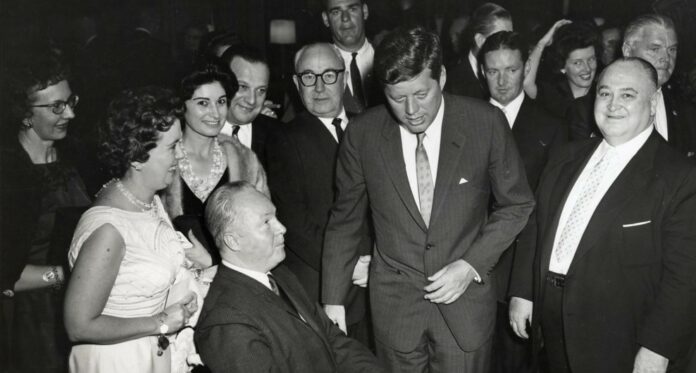
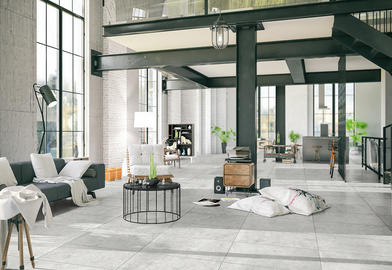
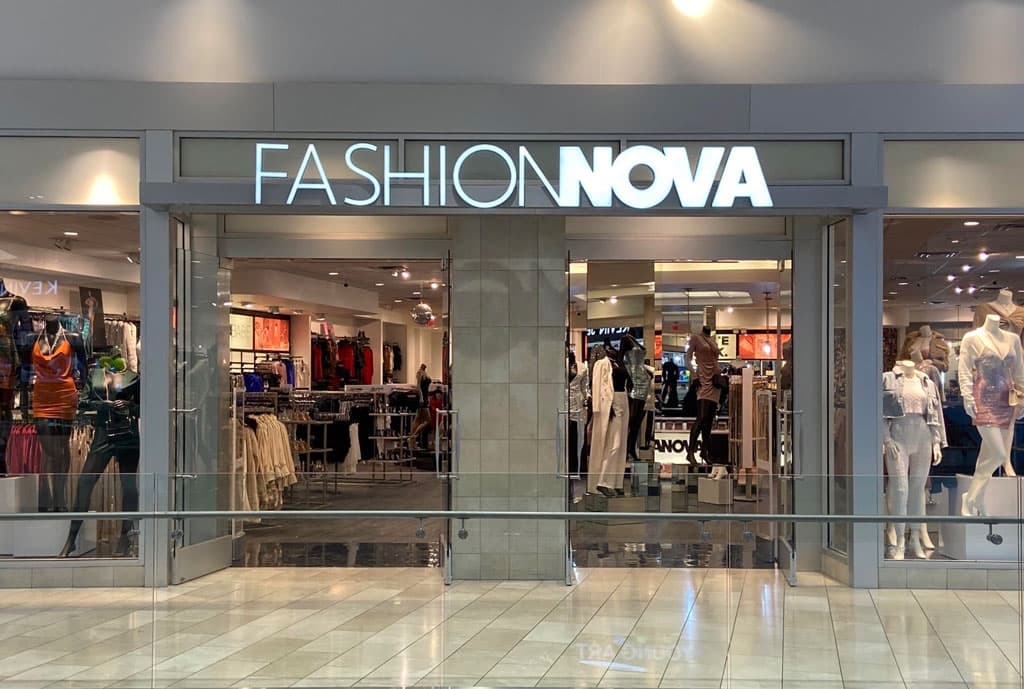
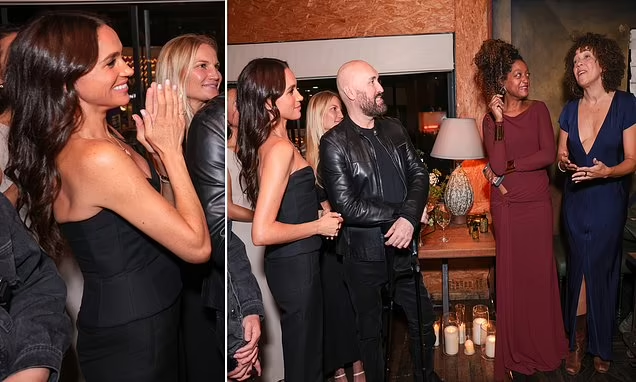

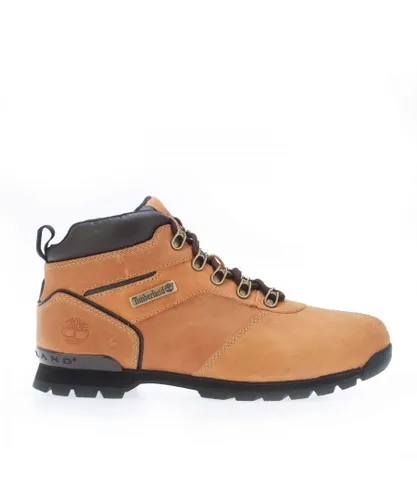

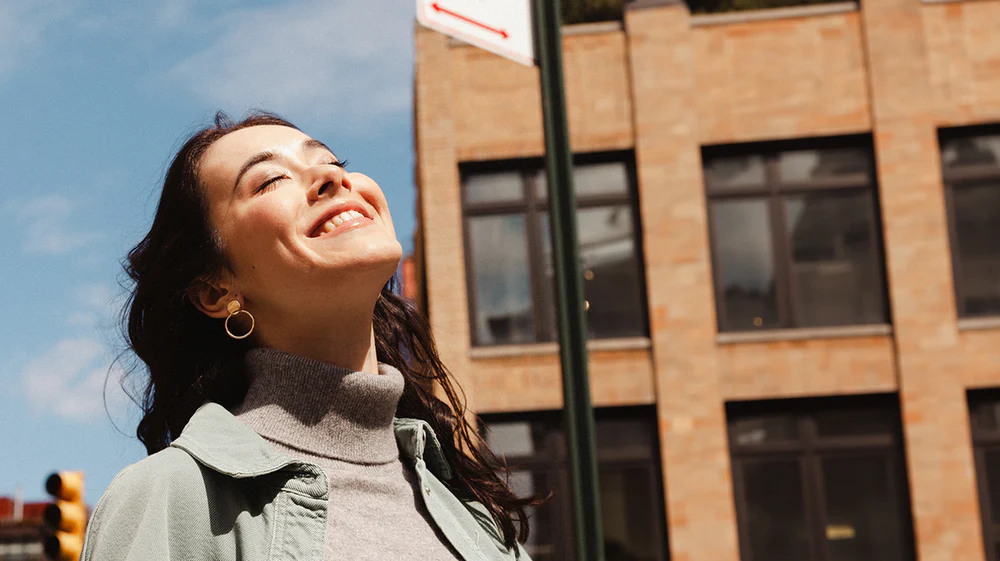
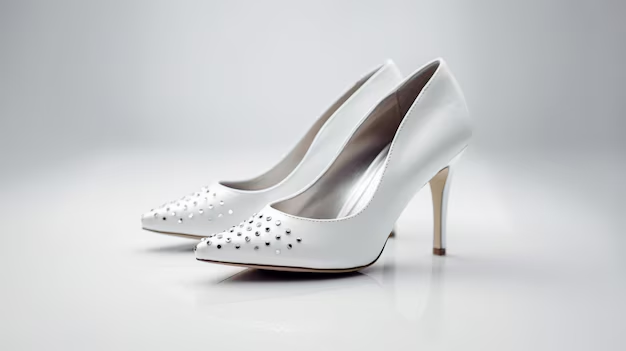
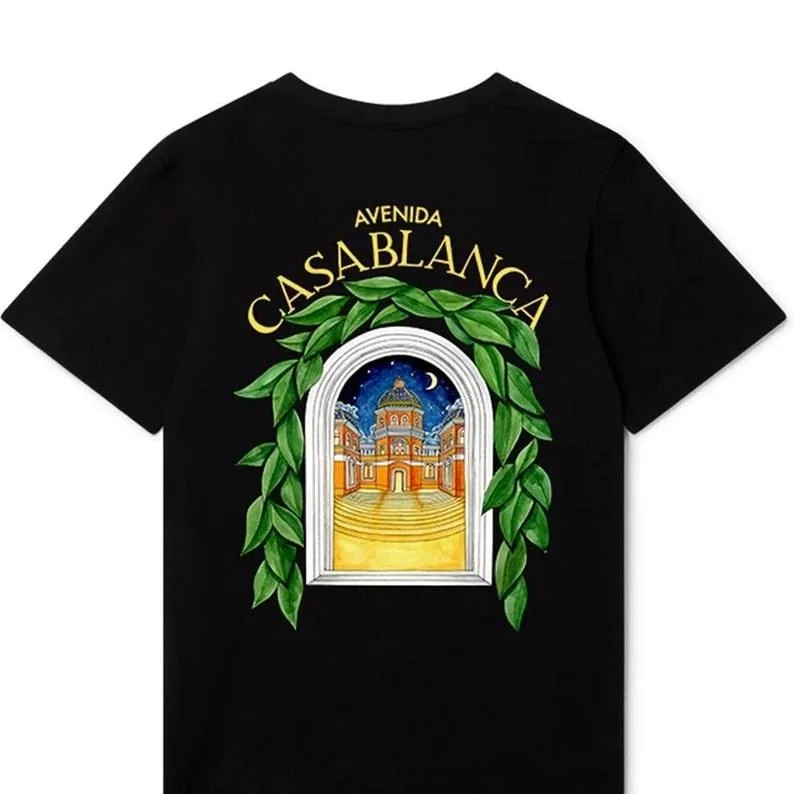

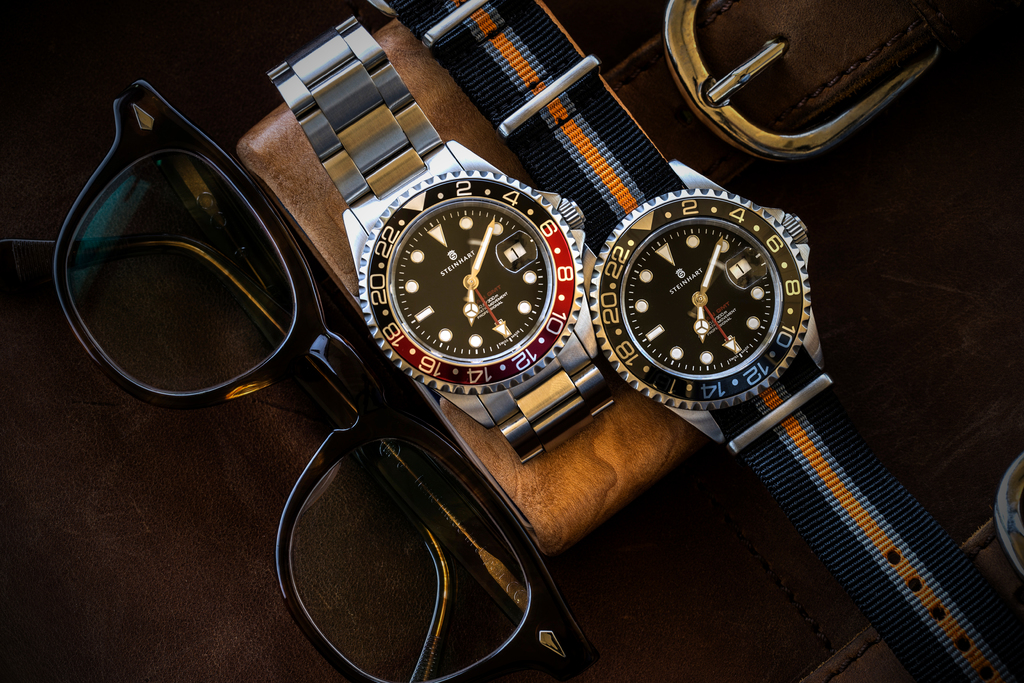

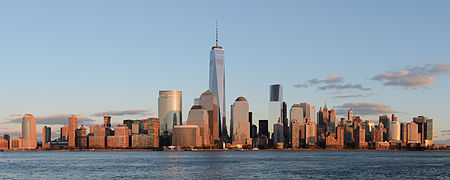
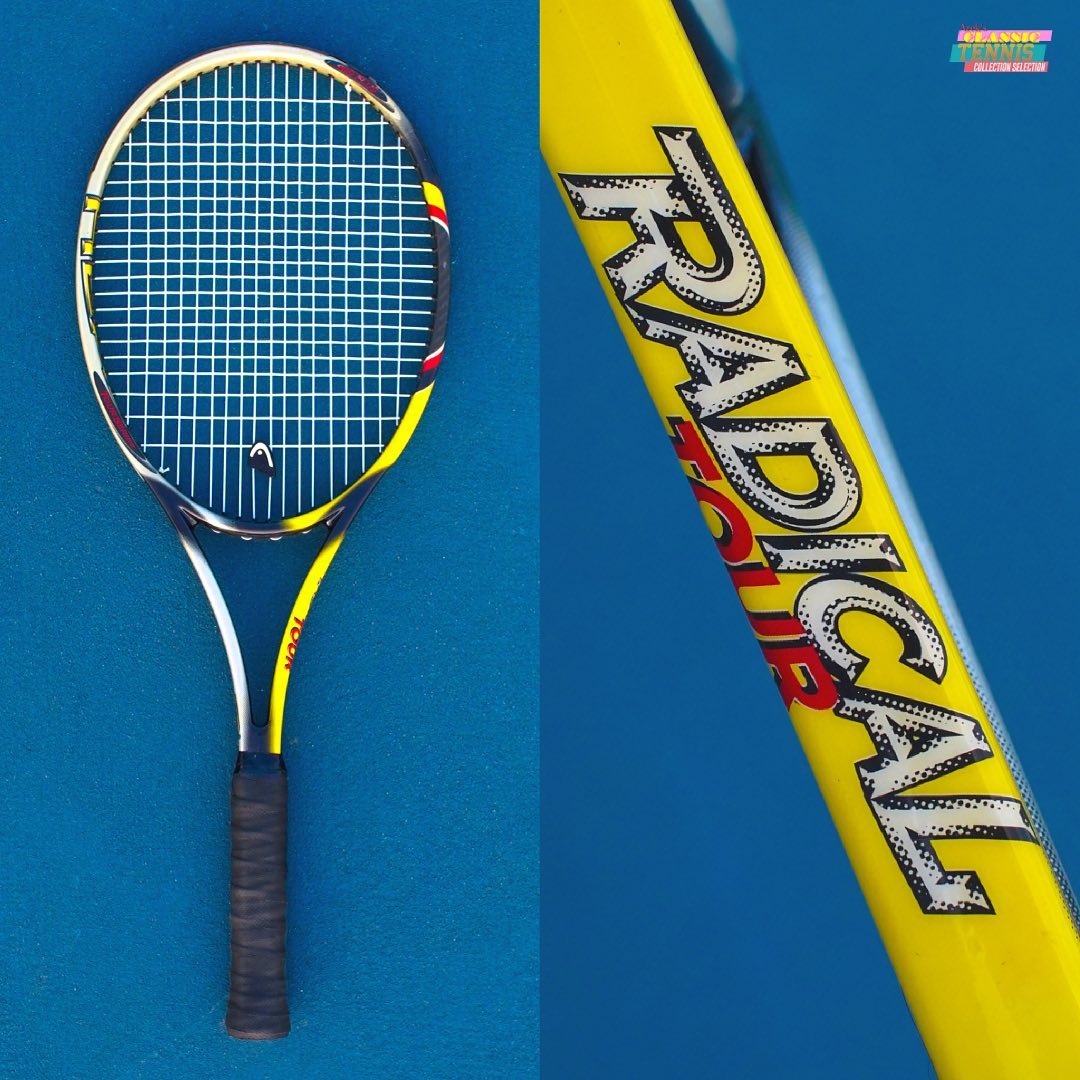
Leave a Reply